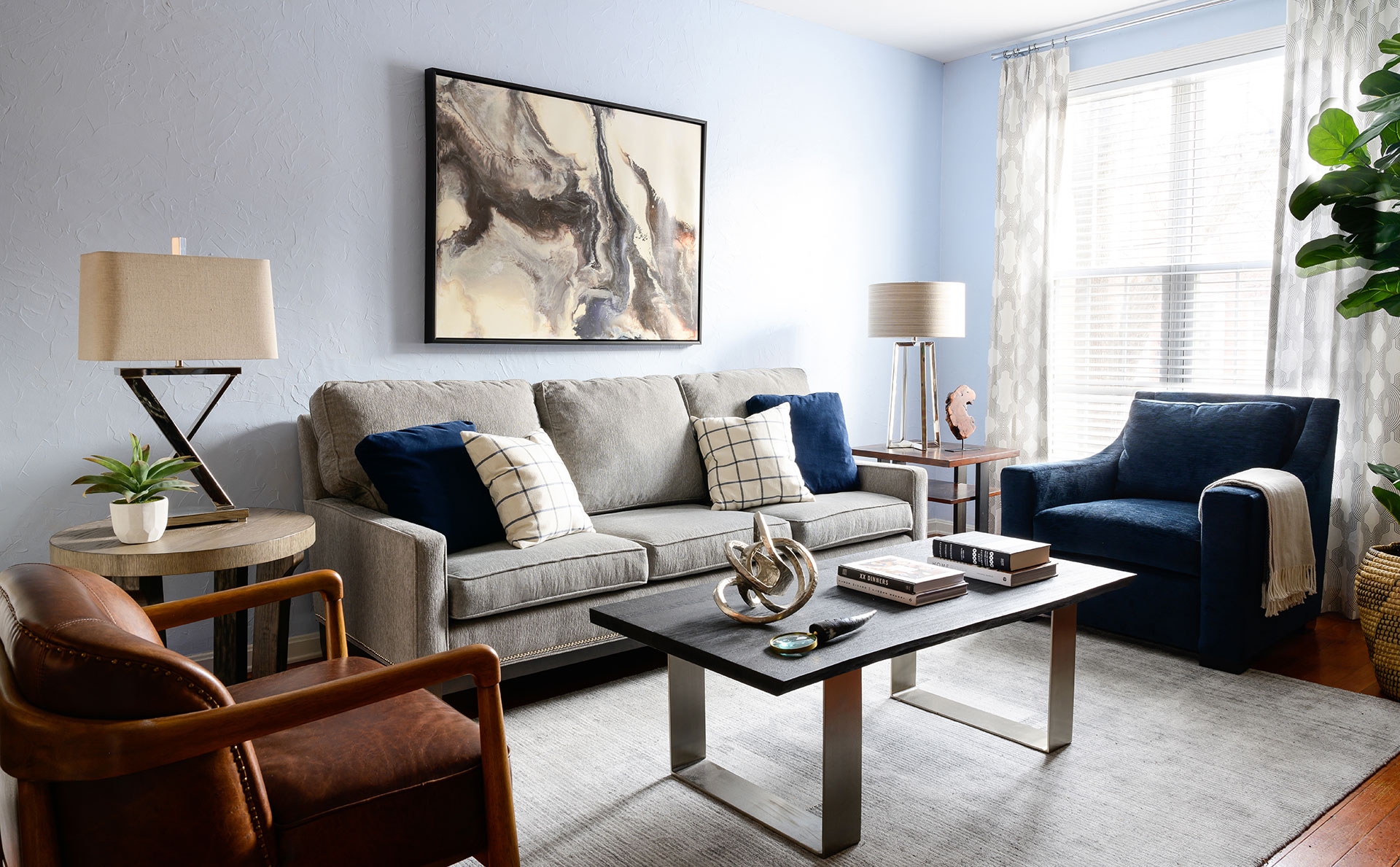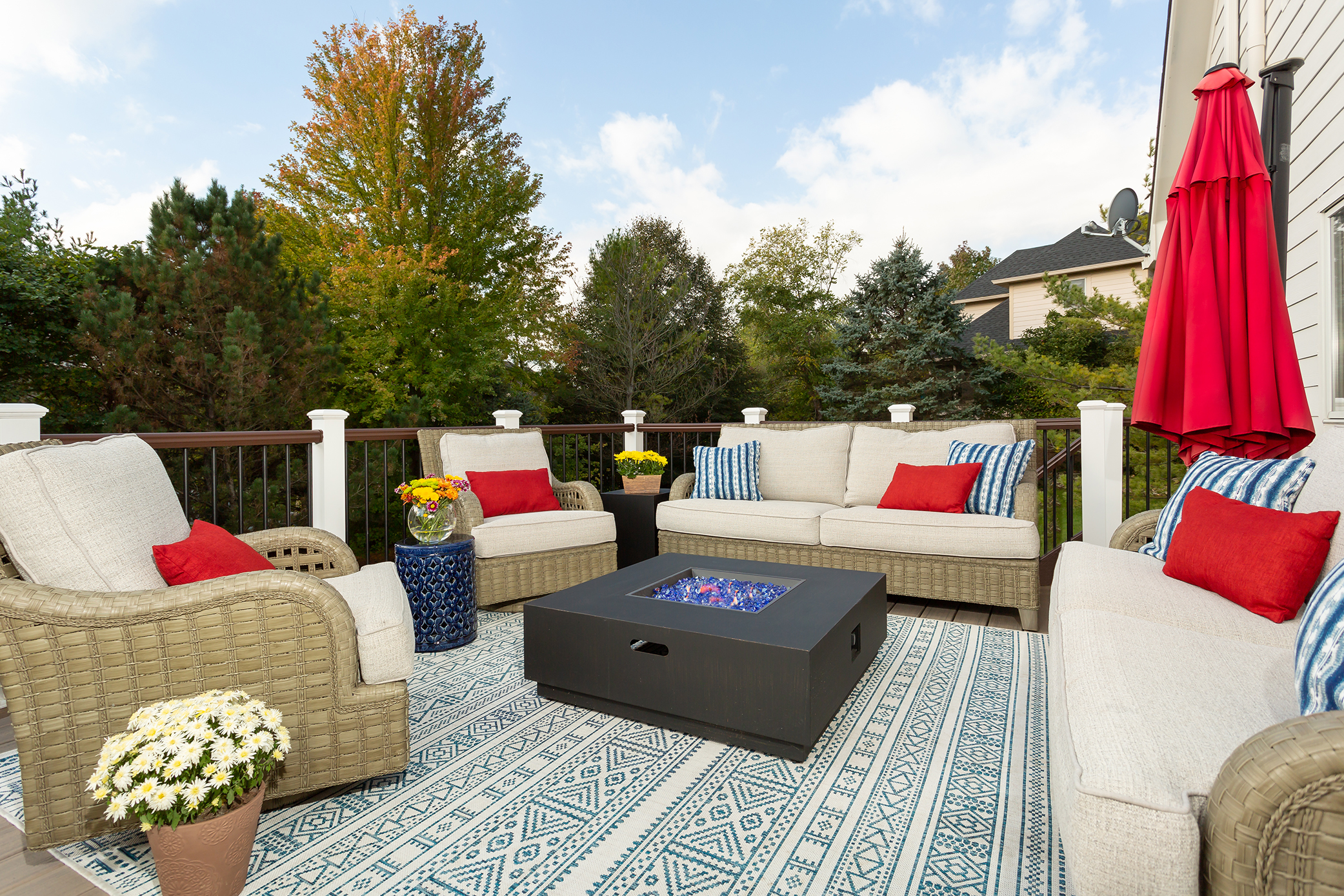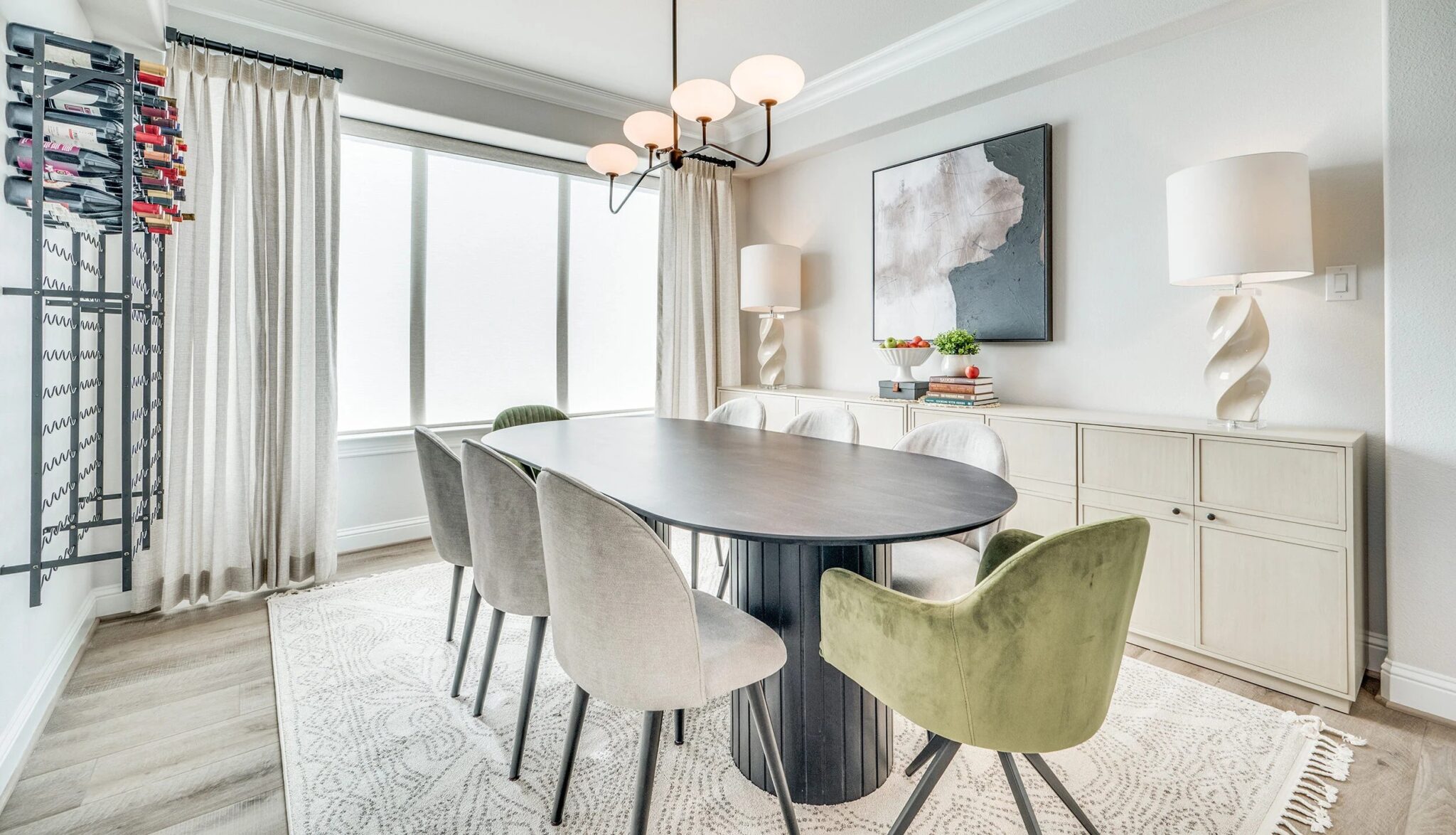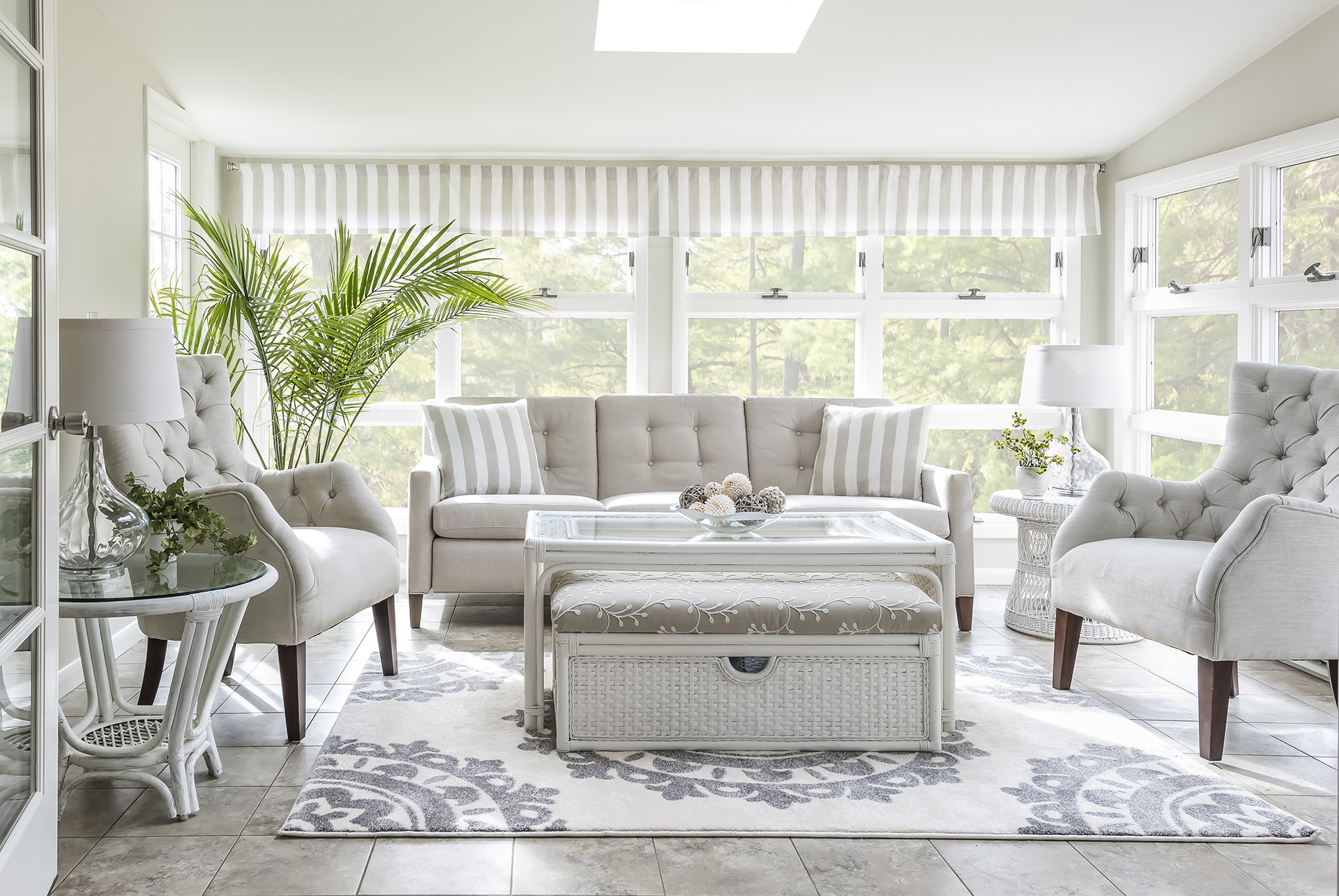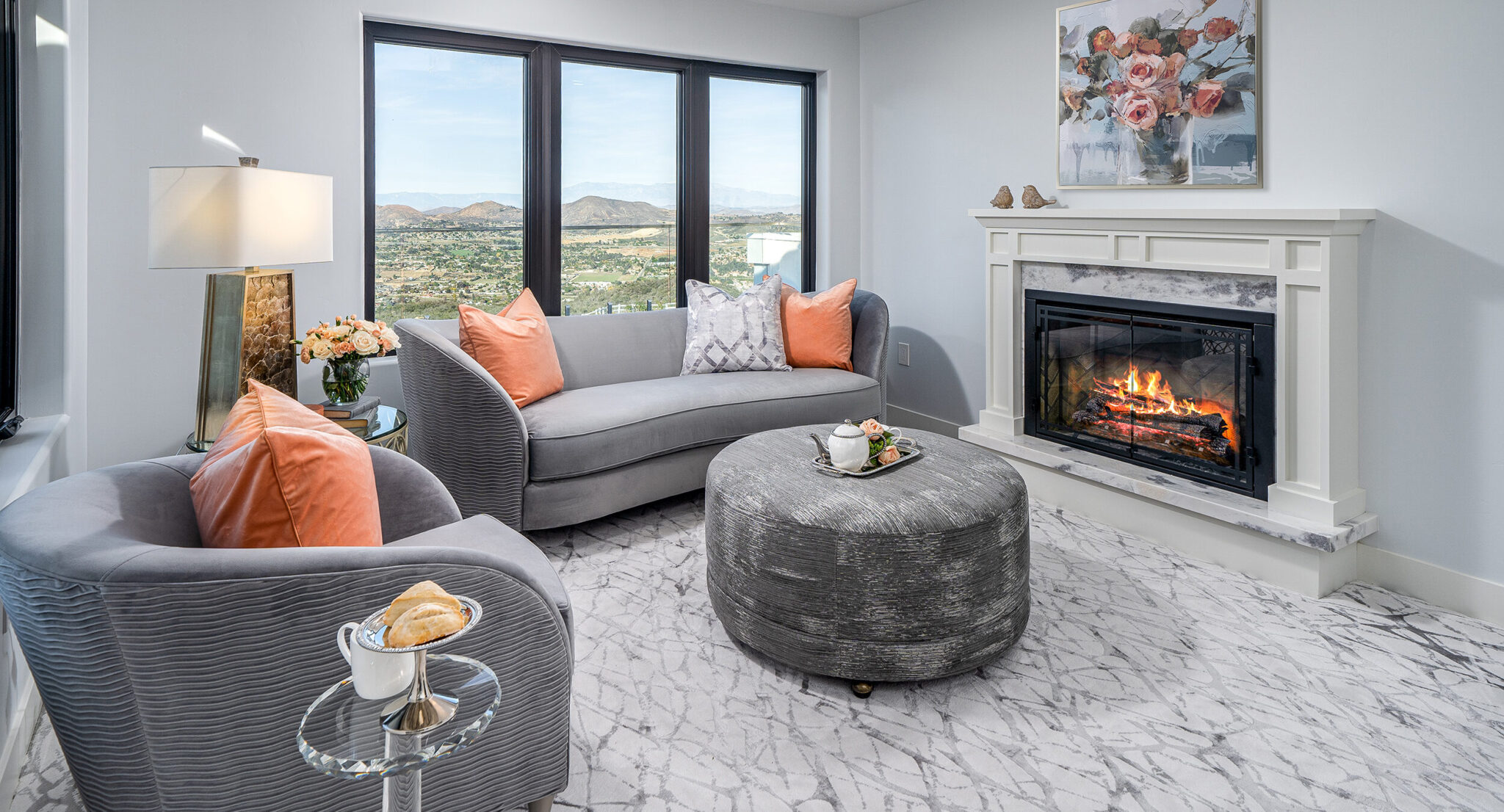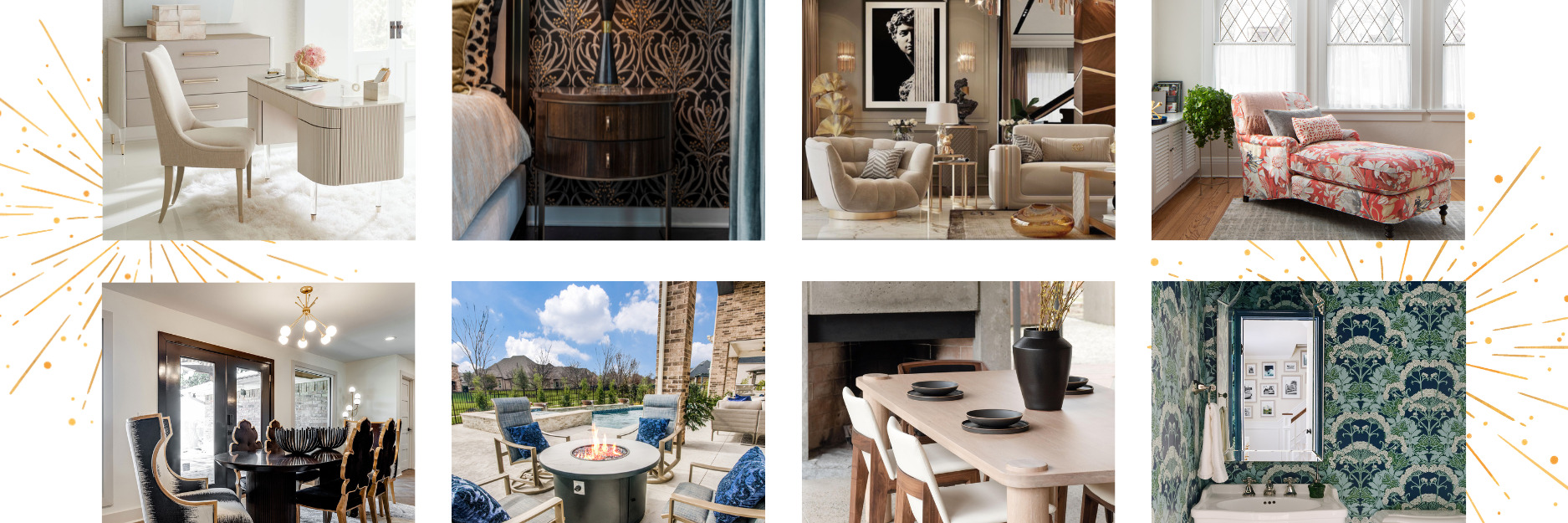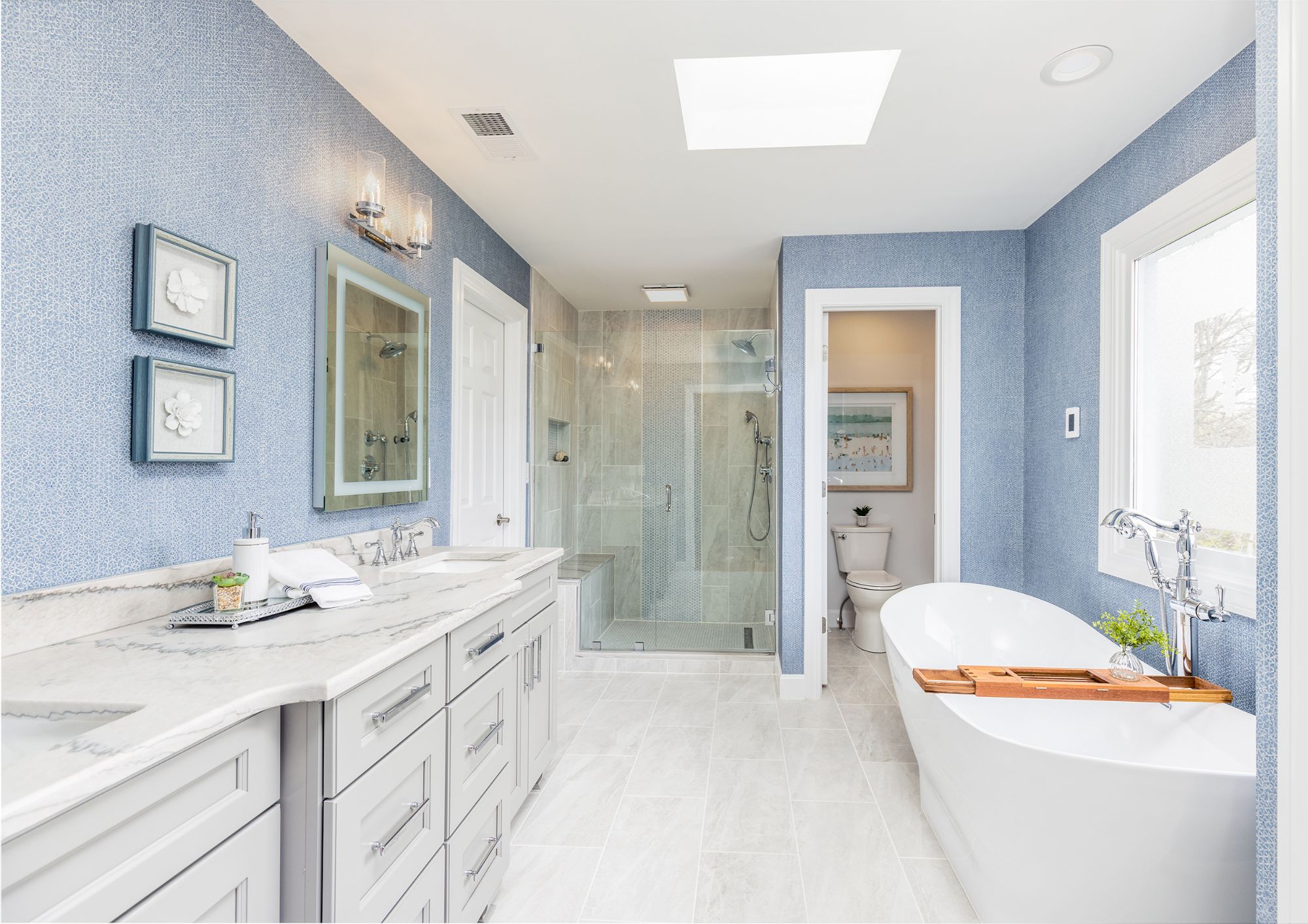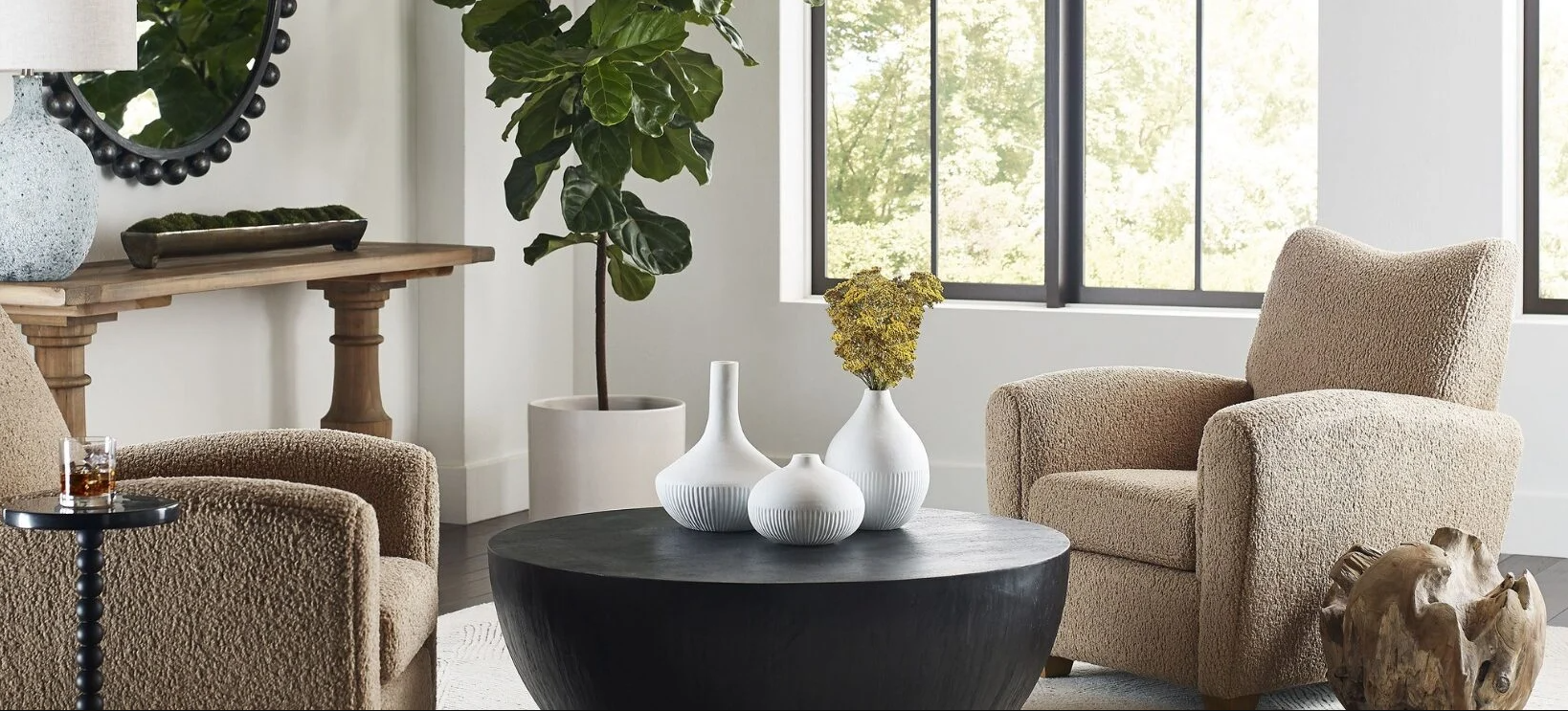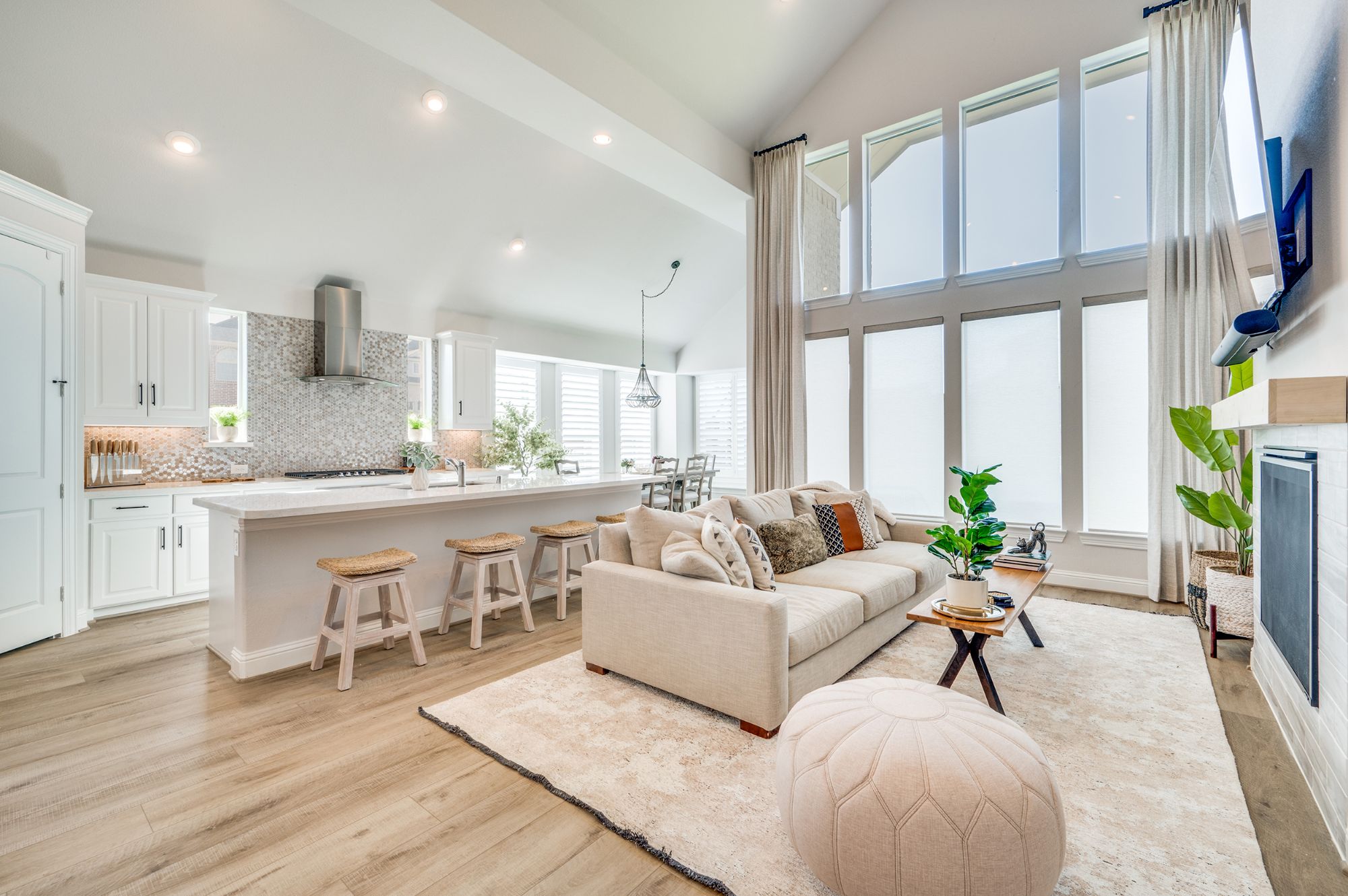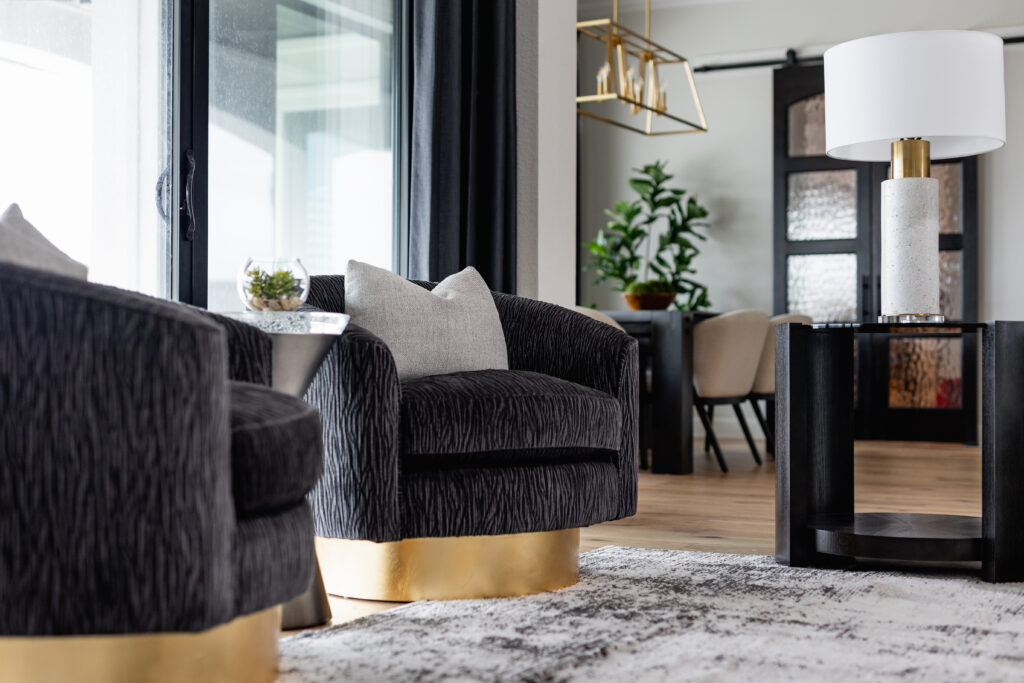Choosing colors that work well together in your home can seem like an overwhelming task. Different color combinations can evoke a particular emotion or create a certain vibe in your home, while others may clash and leave you with a room that feels off-balance. If you are struggling with selecting color combinations that create a beautiful and cohesive space, we can help. Read on to discover tips on how to choose the right color combos.
Understanding the color wheel
Start with the color wheel
The last time you thought about a color wheel might have been in your high school art class. However, it can really come in handy when you want to choose a cohesive color palette. To jog your memory—the color wheel contains the primary, secondary, and tertiary colors on a circle graph. The primary colors are red, blue, and yellow. Secondary colors are formed from combinations of primary colors and include purple, green, and orange. Tertiary colors are formed from the combination of a primary color and secondary color.
Learn the color wheel variants
When you combine primary, secondary, and tertiary colors, the color wheel boasts more than the twelve different hues, including these hues’ tints, shades, and tones. Tints are the hue, or pure color, mixed with white (like a pastel version of the pure color). Shades are a hue mixed in with black, which creates a darker shade with more depth. Finally, tones consist of adding both black and white to the hue.
Choosing your home’s color scheme
Focus on one hue
If you aren’t sure how to mix and match colors, you can focus your color palette on one tone. This is known as a monochromatic design. To achieve this look, choose different shades and tints of one specific color. The results will be sleek and sophisticated. For example, you can paint your walls a vibrant sky blue, add dark blue accents throughout your room, and finish it off with pale blue curtains.
Choose colors that complement
Complementary colors are located on opposite sides of the color wheel. Examples include orange and blue, red and green, and purple and yellow. Play around with the different shades and tints of each of these. Since there is such a significant contrast between complementary colors, you don’t have to stick with the pure hues. You can choose to use one color as your leading design choice (such as the wall color) and then use different shades of its complement as accents in your room.
Decide the room’s mood
When you know how you want the room to feel, you can choose colors based on those emotions. If you want a place to feel peaceful and relaxing, start with blue and add light brown and creamy white accents. If you’re looking to create a space that’s energizing and vibrant, start with an electric color and pair it with grays and silvers. When all else fails, black and white go with everything!
By following the above tips, we hope you can confidently choose a color combination that works and fits your tastes. Contact us today to schedule your complimentary in-home design consultation.

